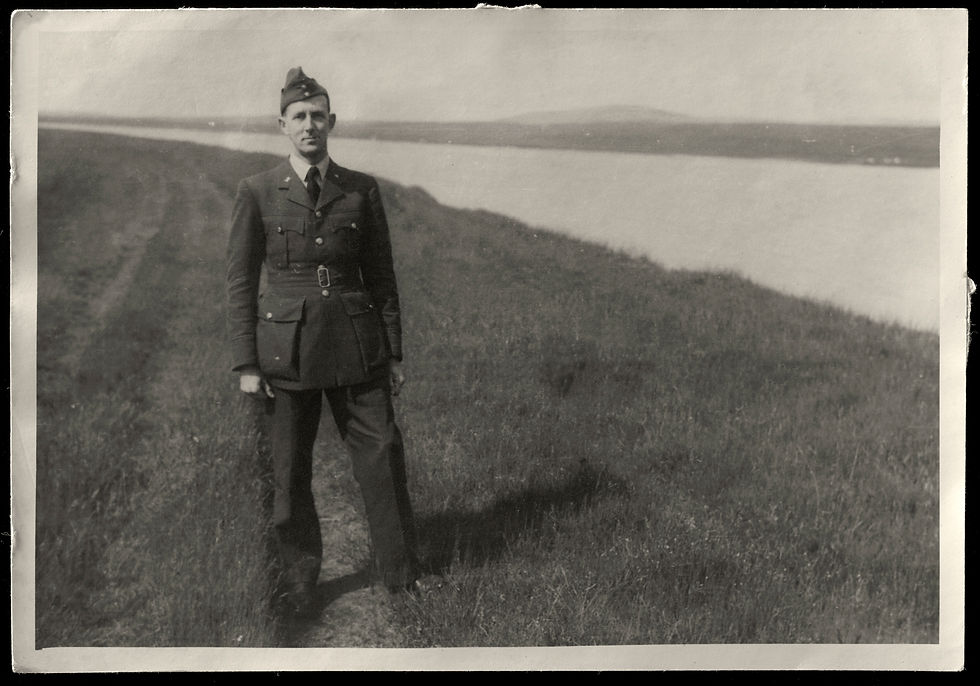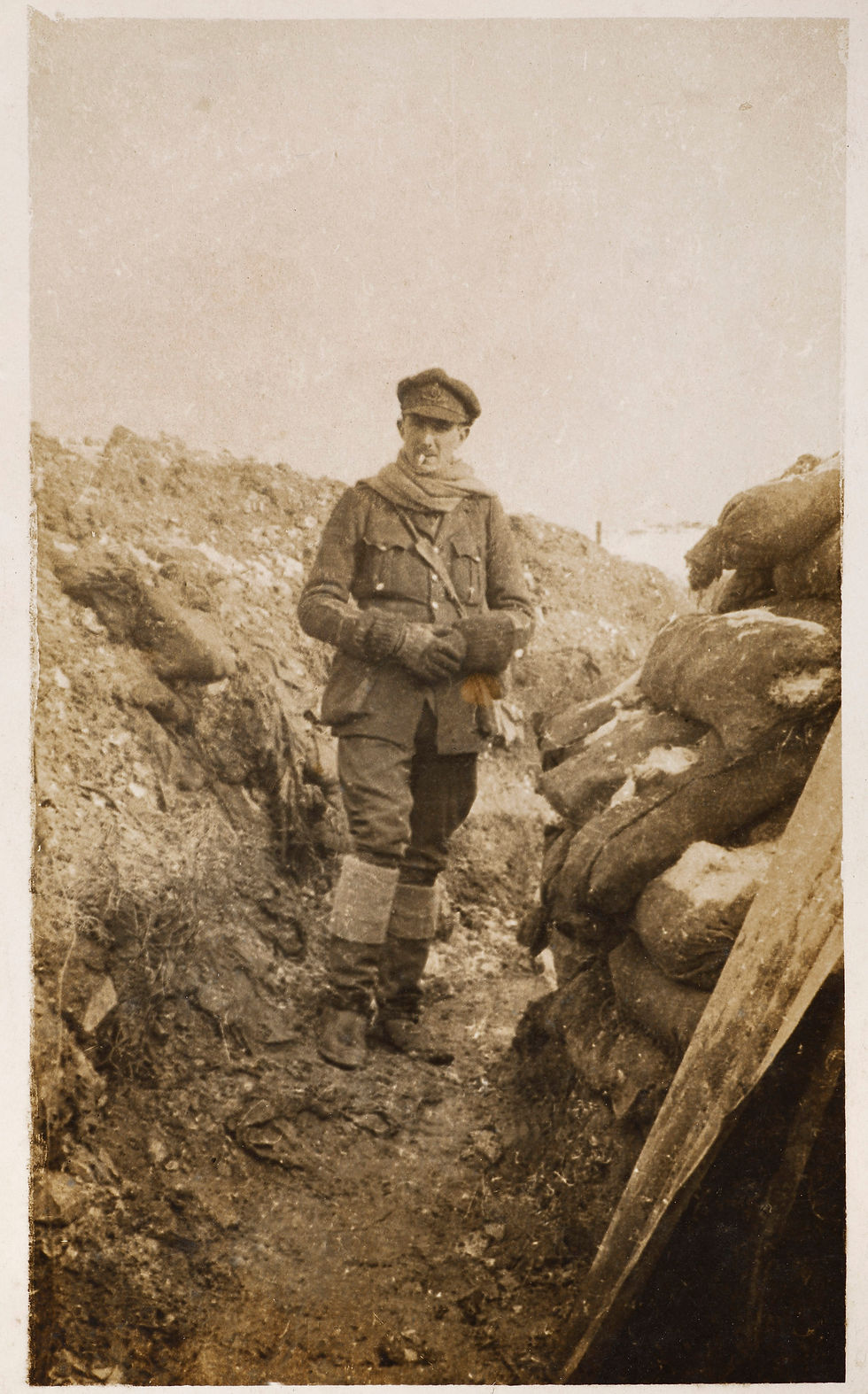Sometime in the early 1940s, The New York Times wrote a short story about a frog which flew (with thanks to a legendary PanAm Boeing Clipper) from the Douro Valley to Canada, captive in a jar, reminding a young James Symington of his homeland. James, the third generation member of the Symington winemaking dynasty was evacuated, following a notice from the British Embassy in Lisbon, circa 1940. Small anecdotes like these are reminders that there are people behind the bottle of wine that you drink, and that there are families simply trying to make a living.
Fast-forward eighty four years, three hundred and sixty four days and twenty hours to an East-London apartment I’m staying at with friends to celebrate New Year, and my friend exclaims, around 8pm, ‘…and then we’ll open a 1945 Graham’s I’ve been sat on a little while, what do you think?’. Sat on a little while? How long are we talking here?! Naturally, I jumped at the chance, as anybody should.
I was inspired to get into the industry by tasting mature bottles, captivated by my imagination envisaging society in the year the grapes were grown. 1969 was a personal highlight, a bottle of Bordeaux made when man first landed on the moon. How special. 1945 is a different kettle of fish though, isn’t its it? There are a great number of hallowed vineyards, Grillet, La Tache, Clos St Hune, Vieilles Vignes Français, and that’s just off the top of my head in France alone. There are far fewer hallowed vintages however, with 1945 perhaps the glaringly obvious millésime; a vintage on a pedestal above them all. It is, without doubt, a reference vintage, not just for wines from the Douro, but Bordeaux, Rhône and Burgundy, a vintage with undeniable gravitas and deep nostalgia attached.
As I’m sipping this ancient yet pristine bottle, I’m deep in contemplation. I try to envisage far beyond the amber, brown hue, the aroma a mix of Montecristo tobacco, freshly baked cherry pie, perfectly ripe figs and pure William Curley chocolate (Londoners, if you haven’t…please, do!) to the time in which this wine was conceived. I felt obligated, having polished off this wondrous bottle of Port to write about it, and share with you the emotions and thoughts invoked from drinking it. It’s probably the only time I’ll ever try such a bottle of Grahams. Let’s see. But, the obvious question arose to me, how do I go about giving such a wine justice through words, and imparting on you, the reader, the pure grandeur and pleasure of such a wine without ever bringing the liquid to your lips?
So, I reached out to a dear friend of mine, Stefan Neumann MS for some assistance. Despite being an incredible taster, host and educator, Stefan also works with Fells, the distributor which imports the Symington Family Portfolio. It seemed an obvious place to start. Stefan put me in touch with Anthony Symington, who happily obliged, sparing time in his busy schedule to delve deep into his family archives, to satisfy my thirst for understanding the war struck wine industry during the 1940s, and helping me compile this piece, complete with some incredible photographs, for good measure.

The 1940s were not easy for anyone, and I won’t try to empathise in this regard. War is synonymous with the human condition, unfortunately. I don’t believe there has been a time in history where war hasn’t existed in some regard. It undoubtedly strains every facet of life, winemaking included. Let’s not ask the Champenois about this, however. It is simply harrowing. Those in the Douro were no stranger to difficulties, even during peacetime. Electricity was not widespread in the Douro until 1963. Many smaller houses went completely without, and it was only partially installed in the more established, well known houses. How œnologists were able to make wines of such precision and consistency without electricity is a phenomenal achievement.
1945 was the first vintage of Port to be bottled in Portugal and not elsewhere. Historically, marks and seals of the merchants (Davy’s, Berry Brothers and Rudd, Justerini and Brooks’ etc) would don the labels of Bordeaux, Burgundy and Port, many of which are in still in circulation, often cheaper on the market due to uncertain provenance. Bottling one’s self might have been an odd decision given the glass shortage plaguing Europe. Though the Douro sought favour with Jerez and Sanlúcar (given Spain and Portugal’s official neutrality) for glass destined for Sherry bottles. The result? A slender, more elongated bottle in the 45s, as you can see here, closer in style to Sherry bottles of the time. Every effort was made to continue crafting wines of quality and identity, though compromises had to be made in both every day life and winemaking.
95% of Port production at this time was exported to the United Kingdom, Anthony tells me, and this vanished almost overnight. Anthony’s grandfather Michael was at boarding school in England when the war broke out. He joined the army as soon as he turned 18, serving in Egypt and Greece. Michael’s uncle, John, despite being 40 years old, joined the RAF, stationed in Iceland protecting shipping routes for the entire duration of the war. So where did this leave the vineyards? In the hands of Anthony’s great-grandfather, Maurice and his brother Ron. Since exports were decimated because of the war, incredible hardship and hunger ensued, with little to no income for anybody making wine in the Douro. Many moved to Porto during this time, and vineyards became poorly maintained and often sold for farmers to stay afloat. Anthony tells me Maurice also chaired a charity from Porto, sending aid parcels to the Allied POW´s in Germany. He managed to send several thousand throughout the war.

Unlike Spain, Portugal was slightly more sympathetic to the Allied forces, probably due to the large exports of Port! Though, Portugal still managed to be a hotbed of spying, similarly to Spain. However, life was made tiresome and challenging for the British community in Portugal during Germany’s initial success. As the war wore on, the Portuguese were squeezed from both sides pushing for political and economic influence in the neutral region. Still, life went on, through the challenges and difficulty. Wine was made, and Wolfram (also known as Tungsten) mined, a material used to harden steel gun barrels. During the war, this precious metal became more important for the British than Port (I never thought I’d see the day!). Wolfram was smuggled by the Germans, via horseback and on mules, through the Douro valley and into Axis sympathiser Spain; no doubt, stocking up on Port wines along the way. It was a war of attrition not just on the front lines, but those affected by war’s wider influence, even where no direct fighting took place.

And so, I suppose Sun-Tzu’s words do ring true in the Art of War - ““The greatest victory is that which requires no battle.” Those members of the Symington family and the wider Douro, who, through any means necessary, be it without electricity or through bargaining the Spanish for Sherry bottles, managed to craft wine during this turbulent time. 1945 is a culmination of a perfect vintage and a perfect people. Passionate, obsessed with their craft, they represent a certain victory, and one of wine’s greatest ever vintages. It was a privilege to taste such a moment.
A huge thank you must be said for Anthony’s time, knowledge and pictures dug from the family archives, and for the Symington Family allowing me to use them.
Comments